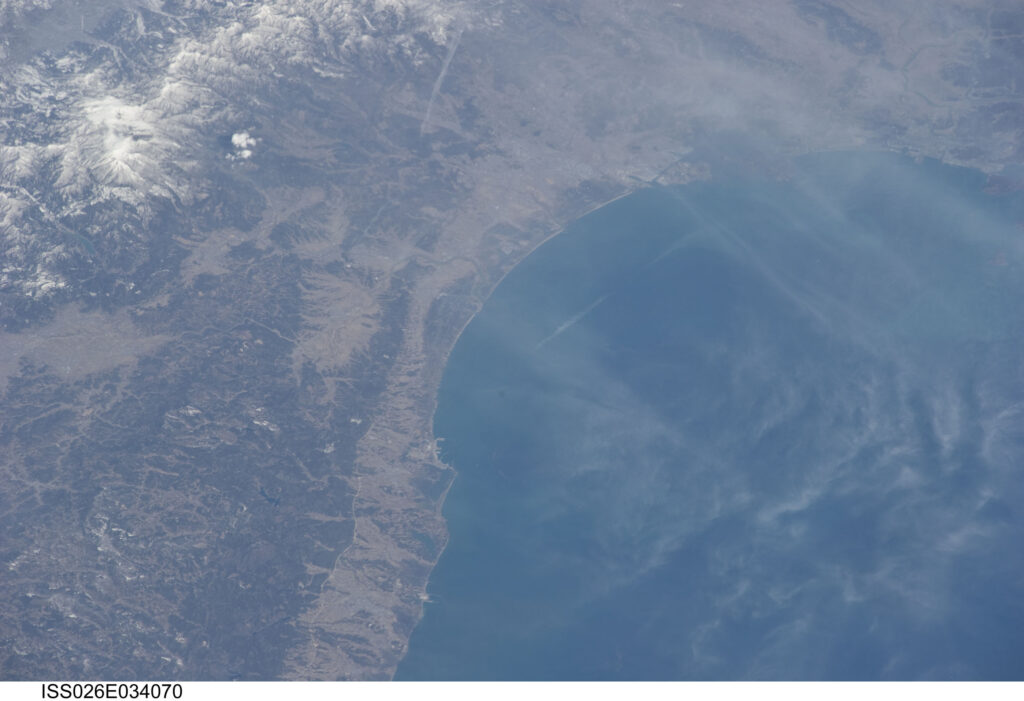
Recently, a number of tsunami phenomena with unknown exact cause have been observed in Japan, raising academic interest. In particular, authorities are nervous as the possibility of a volcanic tsunami that has caused significant damage in the past is being discussed.
The Japan Meteorological Agency issued a warning at 5:25 a.m. on the 9th, saying that an earthquake is expected to hit the Izu Islands, Ogasawara Islands, Shikoku Kochi Prefecture, Chiba Prefecture in the metropolitan area, Kyushu Miyazaki Prefecture and Kagoshima Prefecture. Tsunamis observed until 9:30 a.m. were 60 centimeters in Yaene, Hachijojima, 50 centimeters in Tsubota, Miyakejima, and 40 centimeters in Tosa-Shimizu City, Kochi Prefecture, and Nakanojima, Kagoshima Prefecture. It is said that no casualties occurred because it was a small tsunami in cm.
However, these tsunamis are an unusual case for observation, and Japan is paying attention. The Korea Meteorological Administration usually checks the possibility of a tsunami and issues a warning when an earthquake occurs, but this time, the tsunami was actually observed without even checking the magnitude of the earthquake, and the warning was issued. Satake Kenji, a professor at the University of Tokyo’s earthquake research center, said, “A strange thing happened when a warning was issued after observing a tsunami without knowing the magnitude of the earthquake.”
Academics estimate that the tsunami is not a normal earthquake caused by fault activity, but a small earthquake caused by other reasons. Previously, earthquake activities had continued near Dorishima since around the 2nd of this month, and the results of the seismic wave analysis showed different characteristics from ordinary earthquakes. In particular, considering that there is an active volcano called Hyobuam Rock (Sowhugan) nearby, there is a possibility that it is a phenomenon caused by the eruption of an undersea volcano and the movement of magma.
Japanese authorities are wary of the tsunami caused by undersea volcanoes in the past, as it caused great damage. In 2018, a tsunami occurred in Indonesia due to an undersea landslide caused by a volcanic eruption, which killed more than 370 people. In Japan, 15,000 people were killed in 1792 in Nagasaki Prefecture and Shimabara Peninsula due to tsunamis caused by volcanic eruptions.
“There is a possibility that an undersea volcano, whose existence is not yet known, may be the cause of future tsunamis,” Yamanashi Prefecture’s “Fujisan Science Research Institute” said in an interview with the Asahi Shimbun. “The island area has less capacity to observe tsunamis, so the time from tsunami warnings or warnings to evacuation is inevitably shorter than usual earthquakes.”
SOPHIA KIM
US ASIA JOURNAL



